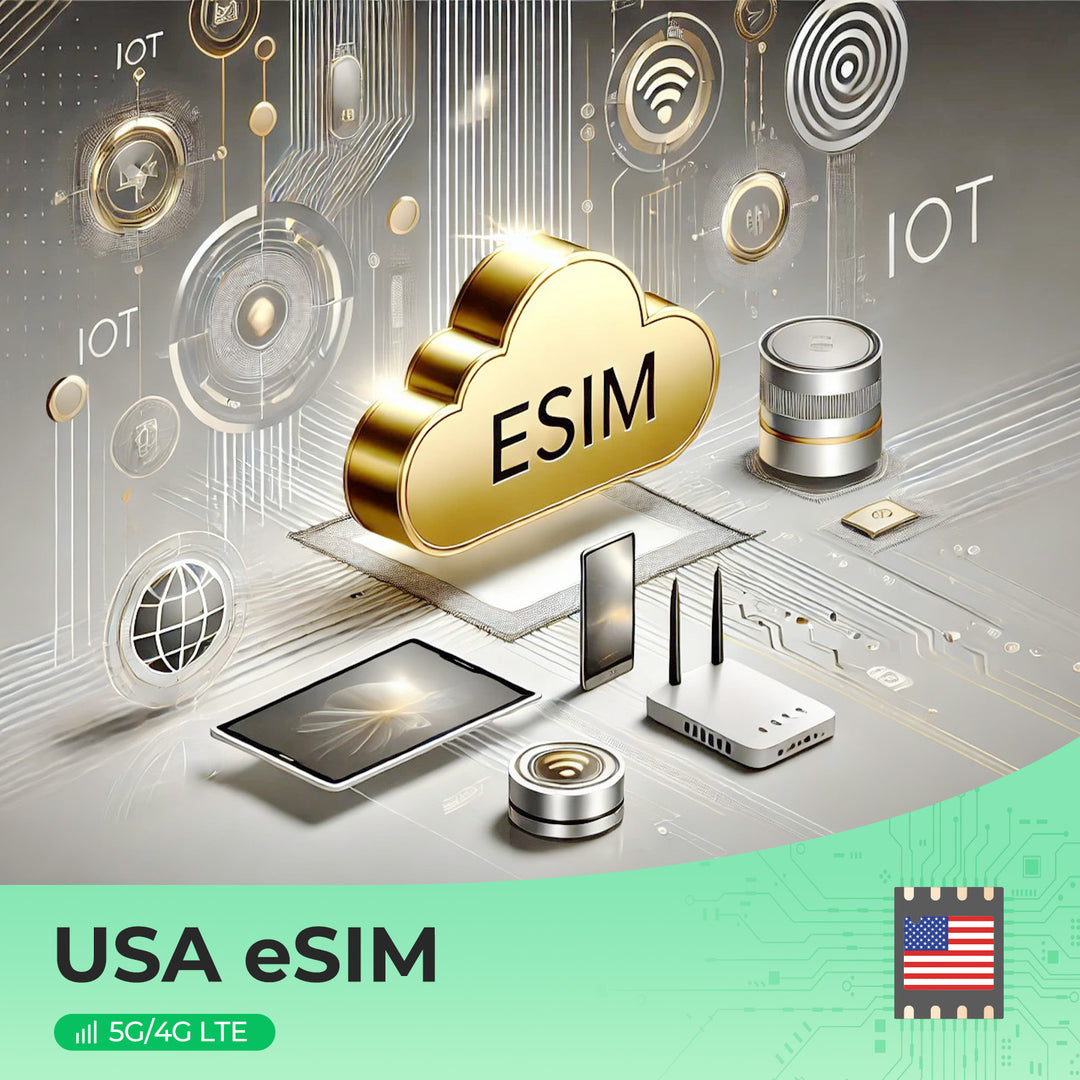Unlocking the Future: Discover the Magic of eSIM Technology!
In an era where connectivity is paramount, the emergence of eSIM technology represents a significant leap forward in the telecommunications landscape. Unlike traditional SIM cards that require physical swapping, eSIMs offer a digital solution that simplifies the process of connecting devices to mobile networks. This article aims to unravel the concept of eSIM, its functionality, and its growing relevance in our increasingly connected world. As someone who has navigated the complexities of mobile plans and device compatibility, I've found that understanding eSIM technology not only enhances personal device management but also opens doors to a more flexible and streamlined digital experience.

What is eSIM?
eSIM, or embedded SIM, is a revolutionary technology that allows users to activate a cellular plan without the need for a physical SIM card. Unlike traditional SIM cards, which are removable and require manual installation, eSIMs are embedded directly into the device’s motherboard. This means that the SIM functionality is built into the hardware, allowing users to switch carriers or plans with just a few taps on their devices. The core functionalities of eSIM technology include remote provisioning, which enables users to download their mobile network profiles over the air, eliminating the need for a physical card. This seamless transition not only saves time but significantly enhances the overall user experience, particularly for those who travel frequently or want to switch carriers without the hassle of visiting a store. My friend who travels regularly shared how eSIMs have transformed his experience, allowing him to easily switch to local carriers without the stress of finding a SIM card in a foreign country.
How eSIM Works
The technical workings of eSIM technology are fascinating and complex. At the heart of eSIM functionality is the embedded SIM chip, which is a small piece of hardware soldered into the device. This chip stores multiple network profiles, allowing users to choose between different carriers without needing to replace the SIM physically. Remote provisioning is a key feature of eSIM, enabling users to download their mobile network profiles directly to the device through a secure connection. This process involves the use of a Remote SIM Provisioning (RSP) platform that securely manages the installation and activation of the eSIM profiles. The entire process is designed to be user-friendly, often requiring only a QR code scan or an app download to initiate activation. I remember a friend who was initially skeptical about the technology but was impressed by how quickly he could switch his network while on a business trip abroad, showcasing the ease and efficiency that eSIM brings to the table.
Benefits of eSIM Technology
The advantages of eSIM technology are numerous and impactful. Firstly, eSIMs provide unparalleled convenience. Users can manage multiple mobile plans and switch between them without the need for physical cards, making it especially beneficial for frequent travelers or those who use different plans for personal and business use. Secondly, eSIM technology contributes to improved device design. With no need for a SIM card slot, manufacturers can create slimmer and more compact devices, leading to innovative designs and potentially better battery life. Additionally, eSIMs enhance security by reducing the risk of SIM theft or loss. The ability to remotely manage and deactivate profiles adds another layer of protection for users. A friend of mine recently upgraded to a device with eSIM capabilities and expressed how much he appreciated the sleek design and the elimination of the SIM card tray, which he found cumbersome in his previous phone.
The Future of eSIM Technology
The future of eSIM technology is bright and filled with potential advancements that could revolutionize connectivity further. As more devices adopt eSIM capabilities, we can expect broader adoption across various sectors, including IoT devices, wearables, and even vehicles. This integration will facilitate seamless connectivity across a multitude of platforms, enhancing the smart home experience and enabling applications that require constant internet access. Moreover, as the technology matures, we may see increased competition among network providers, leading to better pricing and services for consumers. The prospect of having multiple network profiles on a single device could also redefine how we approach mobile plans, offering users unprecedented flexibility and control. A colleague of mine recently discussed how eSIMs could play a crucial role in the future of smart cities, where connected devices will need to communicate efficiently and effectively without the traditional constraints of physical SIM cards.
Significance of eSIM Technology in Modern Connectivity
In conclusion, eSIM technology is not just a trend but a significant advancement that is reshaping the telecommunications landscape. By enabling users to manage their mobile connectivity more efficiently and securely, eSIMs are paving the way for a future where flexibility and convenience reign supreme. As we continue to embrace the digital age, understanding and adopting eSIM technology will undoubtedly play a crucial role in enhancing our connected experiences. With the potential for broader adoption and integration into various devices, eSIMs are set to become a cornerstone of modern connectivity, making it essential for consumers to stay informed and ready to embrace this innovative technology.








